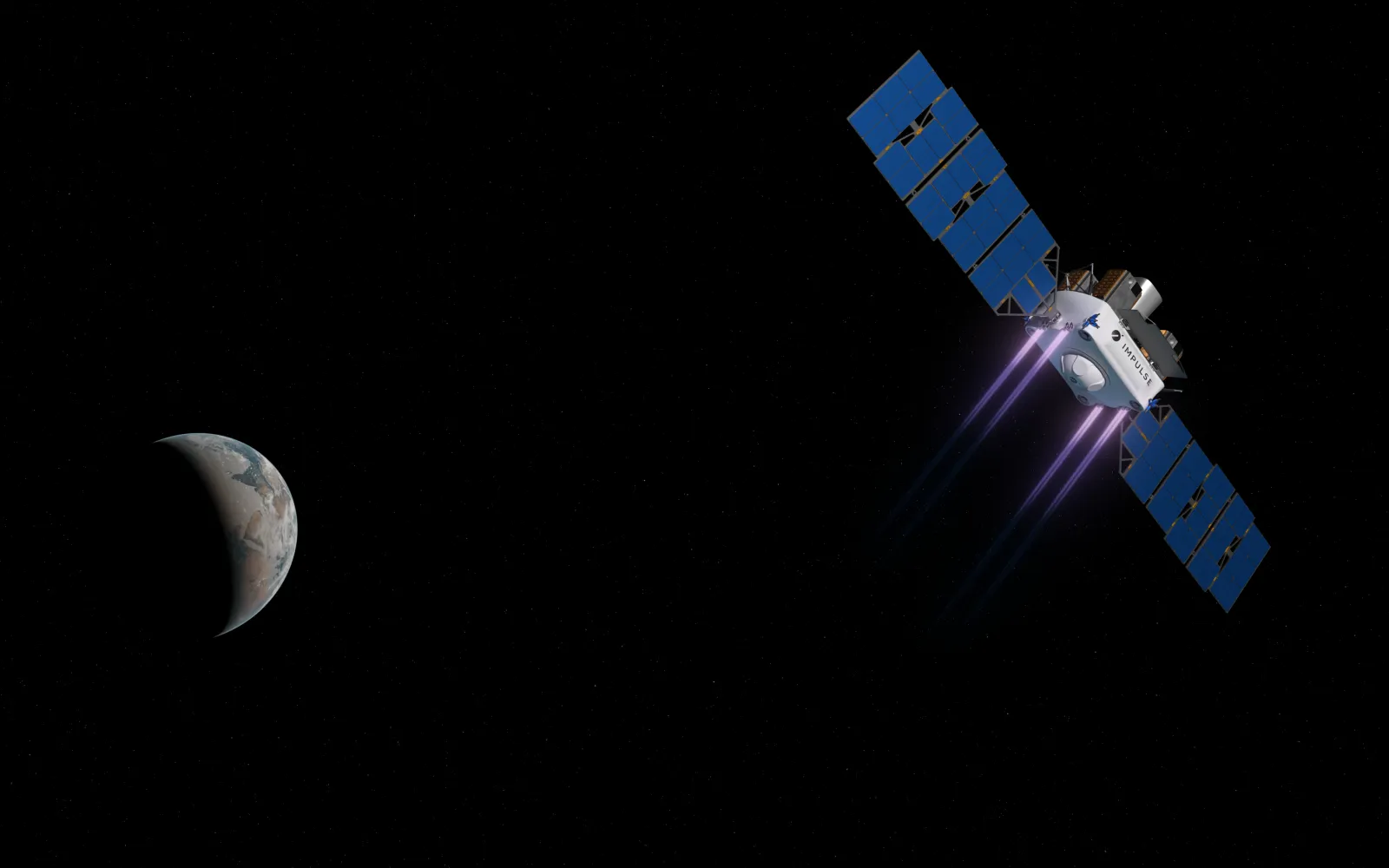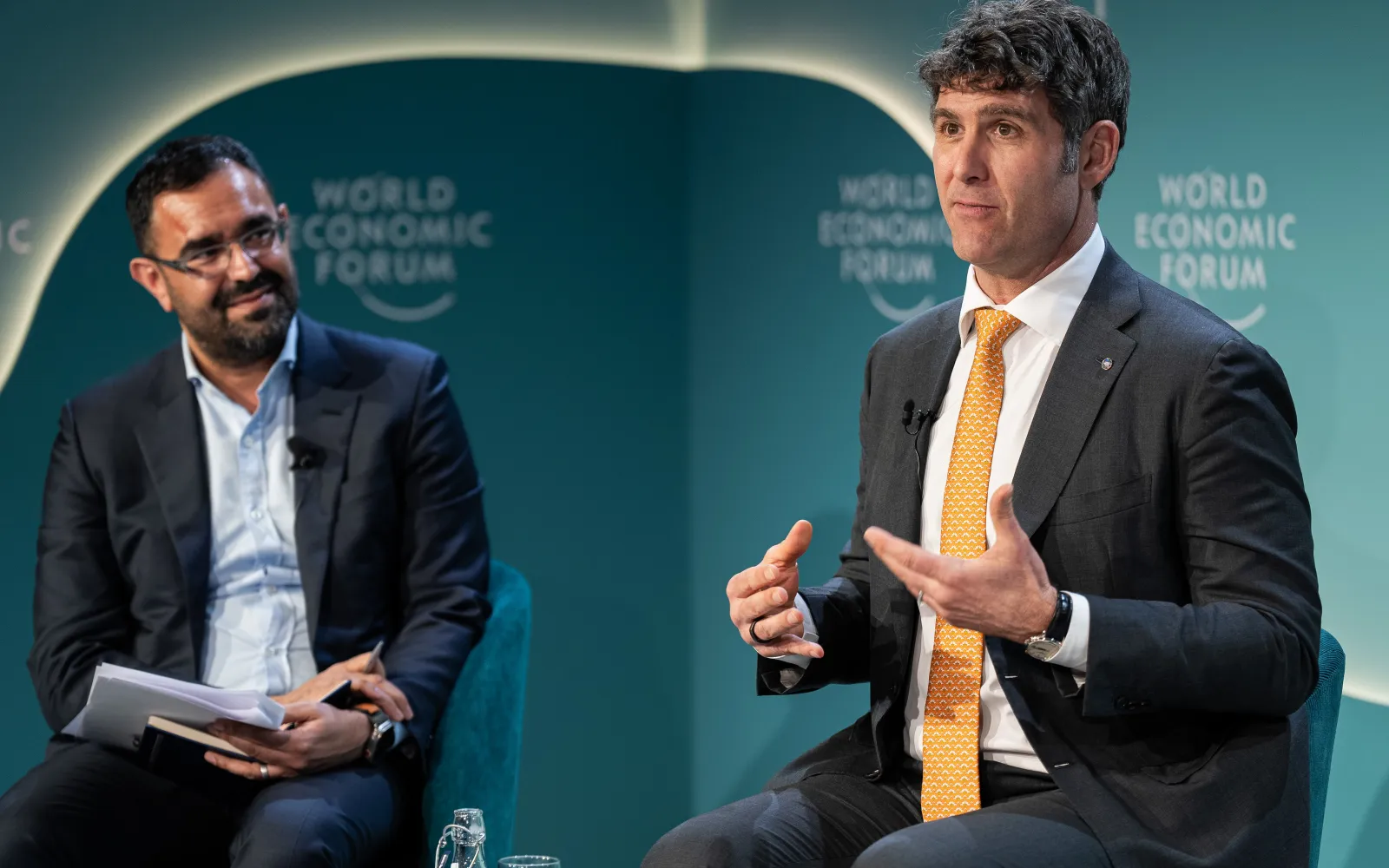

Capella Space
Any time, any weather Earth observation for commerce, conservation, and security
Remember the last time you took a picture while out with friends? We’ve all felt the disappointment of realizing you didn’t hold the camera still and the picture came out blurry. Now imagine the camera isn’t merely shaking in your hand but hurtling above the Earth at 7.5 km per second and the picture in question isn’t just meant for an Instagram feed. Instead it provides critical insight into what is happening on Earth’s surface with significant human and financial implications for farmers, disaster response organizers and more. That is the challenging environment and responsibility Capella Space tackles every day, and why its new imaging technology, Spotlight (or Spot for short), is a game changer.
Capella Space is a pioneer in the Earth imaging, providing real-time synthetic-aperture radar (SAR) data for customers. The disappearance of Malaysian Airlines Flight 370 and our inability to locate it highlighted a glaring problem — despite decades of investment in Earth observation and tracking technologies, we still didn’t have capabilities ‘good enough’ to locate something on Earth if we needed it. Capella’s goal is to take us beyond ‘good enough’ and provide a tool that allows us to monitor our planet reliably and transparently in all weather and light conditions.
Spot is the result of a four year technical journey which started from the day Capella Space was founded as the only American commercial SAR company. Just a few short months ago following the launch of its first operational satellite Capella‑2 (formerly named Sequoia), Capella began sharing its 2‑meter resolution Strip imagery, which produces images with incredible dynamic range and low noise. Spot builds on the technical advancements of Strip, allowing for longer exposure over areas of interest to produce the highest resolution imaging of any commercial SAR provider – 50x50cm resolution. Clearer imaging will allow Capella’s customers to make better decisions faster. Whether it’s inclement weather or massive fires causing smoke to cover large swaths of land, SAR imaging is what enables us to see through the clouds and the smoke.
Spot also integrates into Capella’s existing ability to communicate its imaging back to Earth without delay. Using a global network of stations on the ground and by being the first SAR satellite to use LEO-GEO communication, Capella can perform real-time tasking. This accelerates the pace at which clients can access imaging and unlock insight, shaving valuable hours and days off feedback loops so customers can quickly and accurately analyze situations in near real time.
Crystal clear images from space may not sound like that much of an achievement. After all, we’ve been launching satellites since the 1950s. Capella‑2 is no ordinary satellite, and it’s certainly not a satellite with any old camera strapped to it. In Capella‑2, the company has done three extraordinary things simultaneously. It has put one of the biggest, sharpest radar antennas (the ‘lens’) ever launched on a radically small and power efficient satellite with the ability to transmit its exquisitely detailed images back to the world faster than anything before it. It’s a technical achievement akin to putting a 200mm sports telephoto lens onto an iPhone while making the phone 10x smaller and preserving its battery life.
At DCVC we strive to identify and support the companies developing paradigm-shifting technologies tackling the biggest problems in science and technology. Capella’s technical improvements are meaningful steps toward a world where every business has powerful satellite imaging tools at their disposal whenever they’re making key decisions, whether it’s disaster relief, land planning, or monitoring our critical infrastructure.
But more than just tackling the big problems, we want to support the technologies that multiply benefits for society more broadly. While those benefits may percolate through society with relatively little recognition, they result in major improvements in quality of life for everyone.
We are thrilled for the entire Capella team and look forward to continuing to support them as they push the technological bounds in Earth imaging in service of tackling some of the most complex problems.






